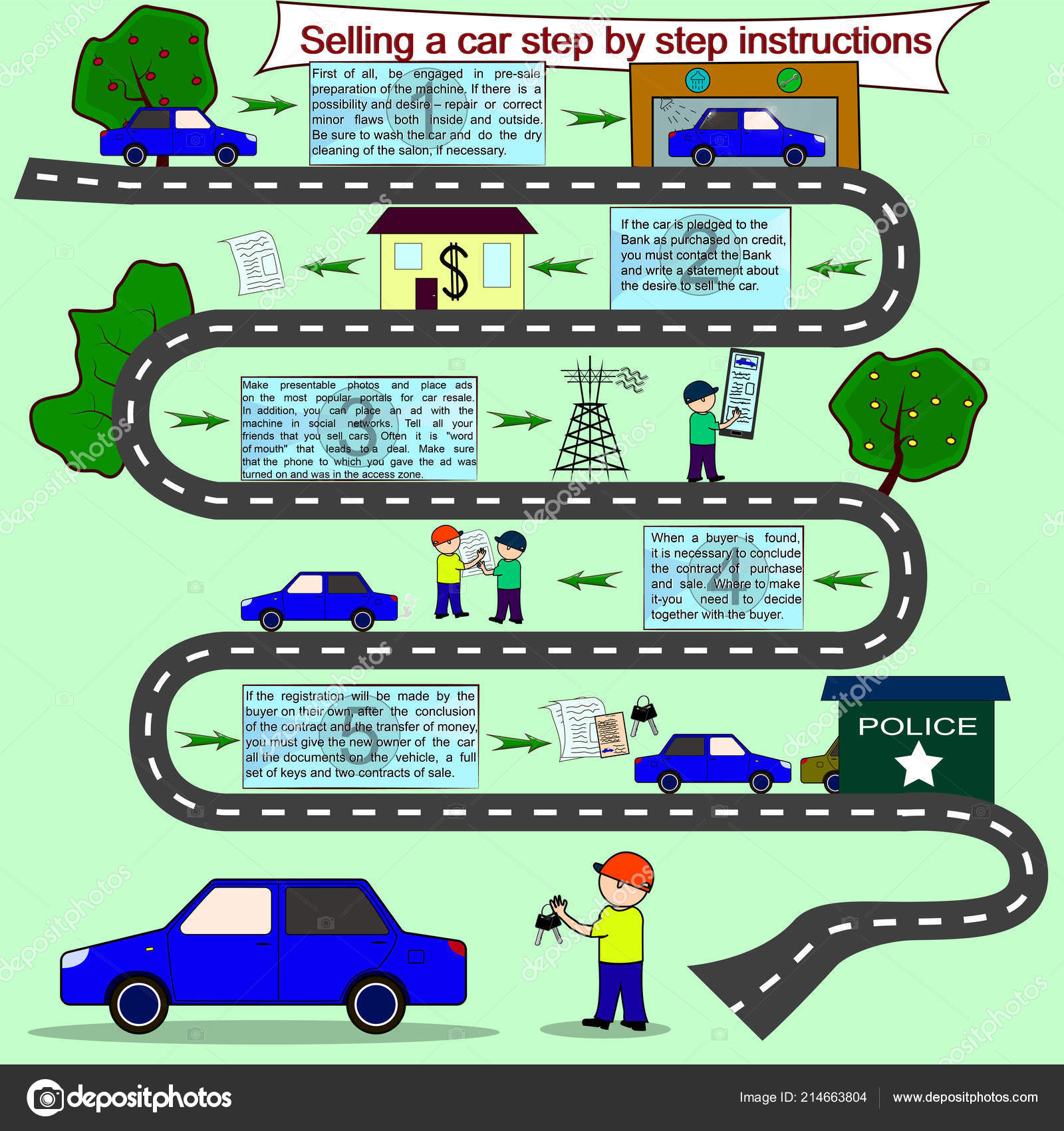Wondering About The Significance Behind Those Dashboard Warning Lights? Gain Understandings Into Their Ramifications For Your Automobile'S Safety And Security And Upkeep
Wondering About The Significance Behind Those Dashboard Warning Lights? Gain Understandings Into Their Ramifications For Your Automobile'S Safety And Security And Upkeep
Blog Article
Short Article Produced By-Lauritsen Kejser
When you lag the wheel, those beautiful caution lights on your dashboard can be a little bit puzzling. Do you recognize what they're trying to inform you concerning your car's health and wellness? Comprehending the relevance of these lights is essential for your security and the longevity of your car. So, the following time one of those lights turns up, wouldn't you wish to decode its message properly and take the required actions to resolve it?
Common Warning Lights and Interpretations
Identify common caution lights in your auto and comprehend their meanings to make sure risk-free driving.
The most regular warning lights include the check engine light, which signifies concerns with the engine or emissions system. If this light begins, it's critical to have your automobile inspected quickly.
The oil pressure alerting light indicates low oil stress, requiring instant interest to stop engine damages.
A flashing battery light may suggest a faulty billing system, possibly leaving you stranded if not attended to.
The tire stress surveillance system (TPMS) light alerts you to low tire pressure, impacting vehicle stability and gas efficiency. Disregarding https://brakes17384.blog4youth.com/30850576/the-development-of-vehicle-detailing-trick-trends-and-innovations-to-screen might cause harmful driving conditions.
The abdominal muscle light indicates an issue with the anti-lock stopping system, compromising your capacity to quit rapidly in emergencies.
Lastly, the coolant temperature level warning light warns of engine overheating, which can result in severe damage if not settled promptly.
Understanding these common warning lights will certainly aid you address problems promptly and maintain safe driving problems.
Significance of Prompt Attention
Recognizing the usual caution lights in your vehicle is just the primary step; the importance of without delay addressing these cautions can not be highlighted sufficient to ensure your safety and security on the road.
When a warning light brightens on your control panel, it's your auto's method of interacting a potential concern that requires interest. Neglecting these warnings can lead to much more serious problems in the future, endangering your safety and potentially costing you extra out of commission.
Motivate attention to cautioning lights can protect against malfunctions and crashes. As an example, a blinking check engine light can suggest a misfire that, if left unattended, might cause damages to the catalytic converter. Resolving this promptly can save you from a pricey fixing.
Similarly, a brake system cautioning light might indicate reduced brake fluid or worn brake pads, vital parts for your security when driving.
DIY Troubleshooting Tips
If you notice a warning light on your dashboard, there are a couple of do it yourself fixing tips you can attempt before looking for specialist aid.
The very first step is to consult your vehicle's guidebook to recognize what the certain warning light indicates. In some cases the issue can be as straightforward as a loose gas cap setting off the check engine light. Tightening up the gas cap may settle the trouble.
An additional typical issue is a reduced battery, which can trigger different advising lights. Checking the battery connections for rust and guaranteeing they're safe and secure might take care of the problem.
If a caution light persists, you can try resetting it by disconnecting the car's battery for a couple of minutes and then reconnecting it. Additionally, inspecting your automobile's fluid levels, such as oil, coolant, and brake fluid, can assist troubleshoot cautioning lights associated with these systems.
Final thought
In conclusion, recognizing your cars and truck's caution lights is necessary for keeping your vehicle running smoothly and safely. By immediately resolving these notifies and recognizing what they suggest, you can prevent costly repairs and potential breakdowns.
Bear in mind to consult your vehicle's handbook for specific details on each alerting light and act as necessary to guarantee a hassle-free driving experience.
https://www.carandbike.com/news/important-tips-to-note-while-buying-new-tyres-for-your-car-2810590 informed, remain secure when driving!
